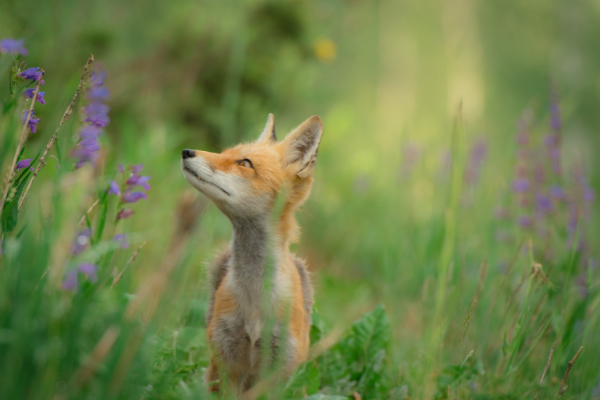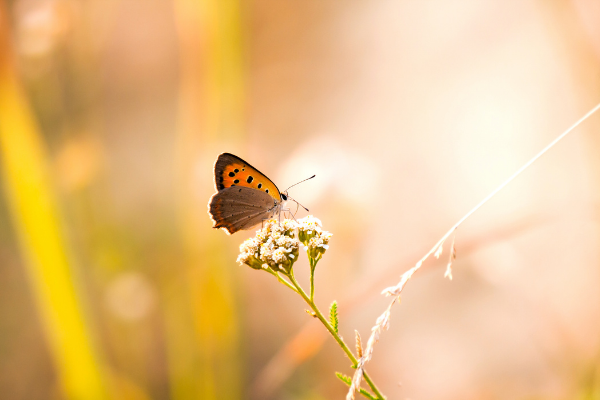“We love positive environment stories. But sometimes the gravity of bad news forces us to bear witness." - The Guardian
Following the release of WWF’s 2016 Living Planet Report revealing that 67% of wild animals will disappear by 2020, the Guardian made the statement above. Though brief, those words gave us pause. Faced with such devastating news, we decided to join the effort to increase civic literacy about biodiversity loss in Canada and abroad in hopes that it might lead to more on-the-ground action.
Nearly four years ago, we embarked on this journey by hosting a 4-part real-time virtual conversation series on Changing the Conversation about biodiversity loss in Canada. Moderated by NET’s board chair, Professor Ann Dale, we brought together female researchers, practitioners and civil society leaders from diverse sectors to stimulate ideas and dialogue. Panellists discussed the importance of biodiversity in Canada, its local to global impact, the drivers and barriers for its conservation, and most importantly, tangible solutions for its conservation. The result of these conversations was the Biodiversity Action Agenda outlining 24 recommendations framed through ‘strategies & plans’, ‘public engagement’, ‘policy & recommendations’ and ‘political leadership’.

Photo by Nathan Anderson from Unsplash
Action 2.3 from the agenda proposed the need for a national biodiversity communications campaign. With the support of the Hewlett Foundation, the National Environmental Treasure took up this challenge in 2019. Our first goal was to increase public literacy about the critical importance of biodiversity loss and driving support for multiple actions on the ground by Canadians and decision-makers. We also wanted to make science and policy more legible to resonate with the public more effectively.
The guiding principles for our campaign were to frame our content through positive messaging and to situate tangible solutions for halting biodiversity loss at the centre of our communications. To meaningfully educate and engage Canadians, we felt these approaches would more effectively empower our audience to act in their backyards, their neighbourhoods and to their politicians. We were also inspired by the bite-size science method in which information is framed into brief yet engaging media. And finally, to tap into both the hearts and minds of our audiences, we integrated art and design into everything that we created.

Photo by Sindlera from Getty Images/Canva
To reach a diversity of Canadians, we created hundreds of posts on a range of platforms including Facebook, Instagram, TikTok, Twitter and YouTube. We published over 120 blog posts addressing a myriad of topics, including nature-based climate solutions, protected areas, landscape connectivity, community science, how-to guides, and more. We also produced 12 episodes of our aptly-named podcast, What the f*** is biodiversity, that explored everything from native bees and giraffes to soil mites and urban biodiversity. Through our efforts, we were able to reach over 5 million people across our platforms.
We’re incredibly appreciative of the experts who made invaluable contributions to our blog and podcast along with those who helped us spread the word about biodiversity. We’re also blown away by the positive response our campaign has received and by our many kind, engaged and loyal followers. We can’t thank you enough for your support over the past two years.
This digital communication campaign was led by Jaime Clifton-Ross in partnership with a small design team from Victoria, Lot2Media and Professor Dale. With her commitment and love for biodiversity, and her social media expertise, we have received accolades from across the country for our responding to this action agenda recommendation.
The world is grey without biodiversity. Together, let’s conserve the colours of our world.
- Log in to post comments

CRC Comments